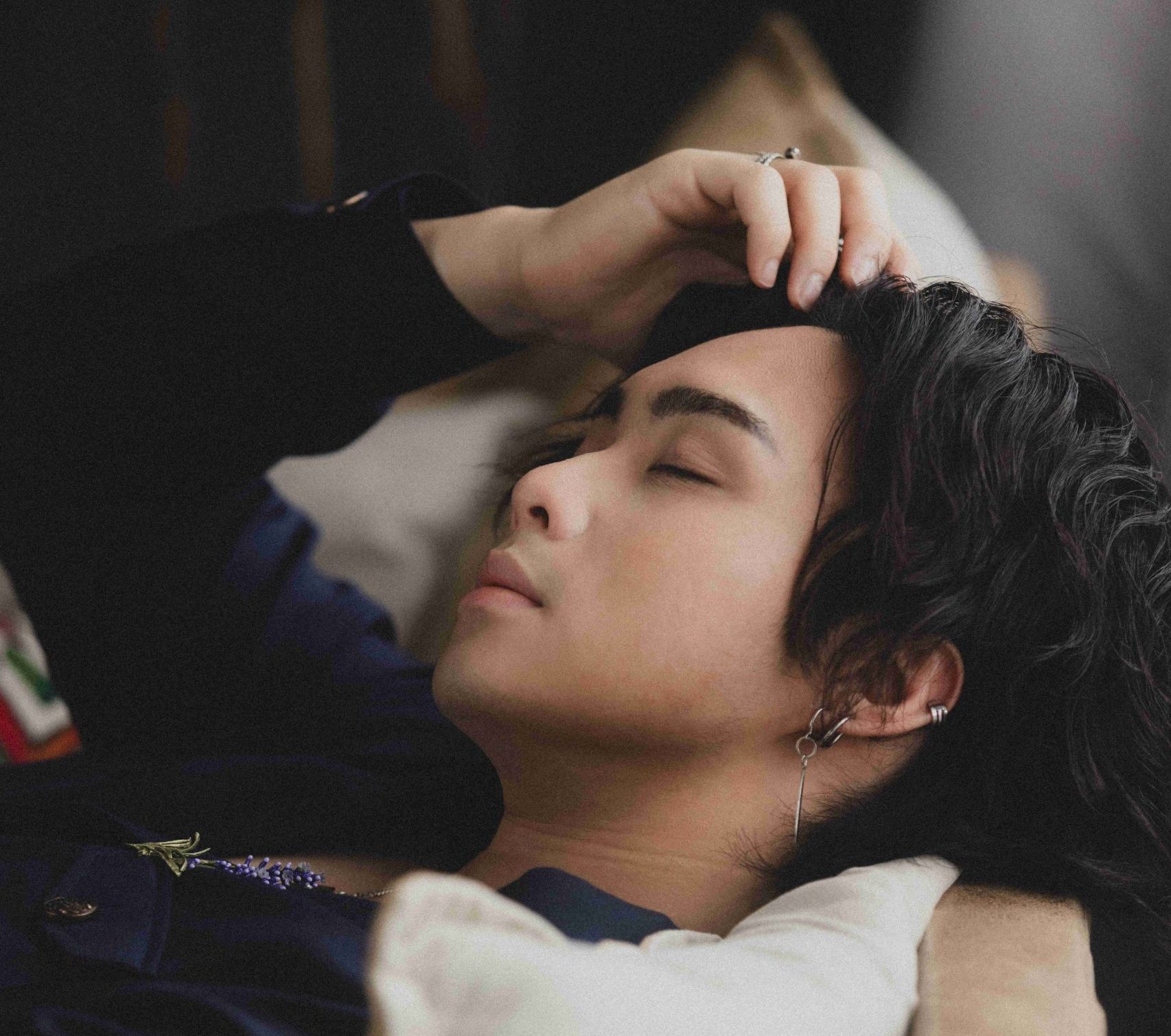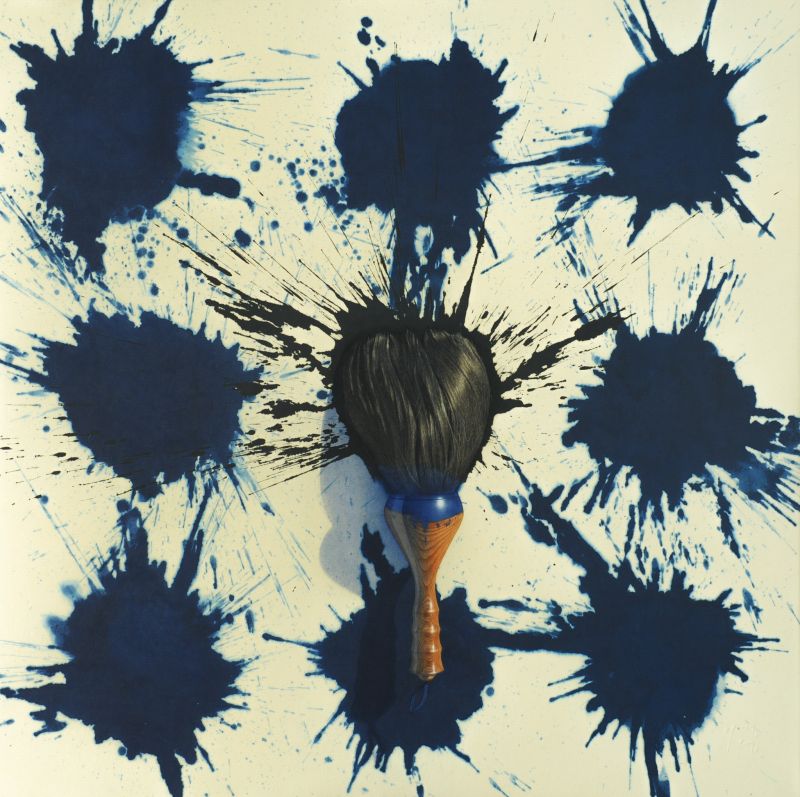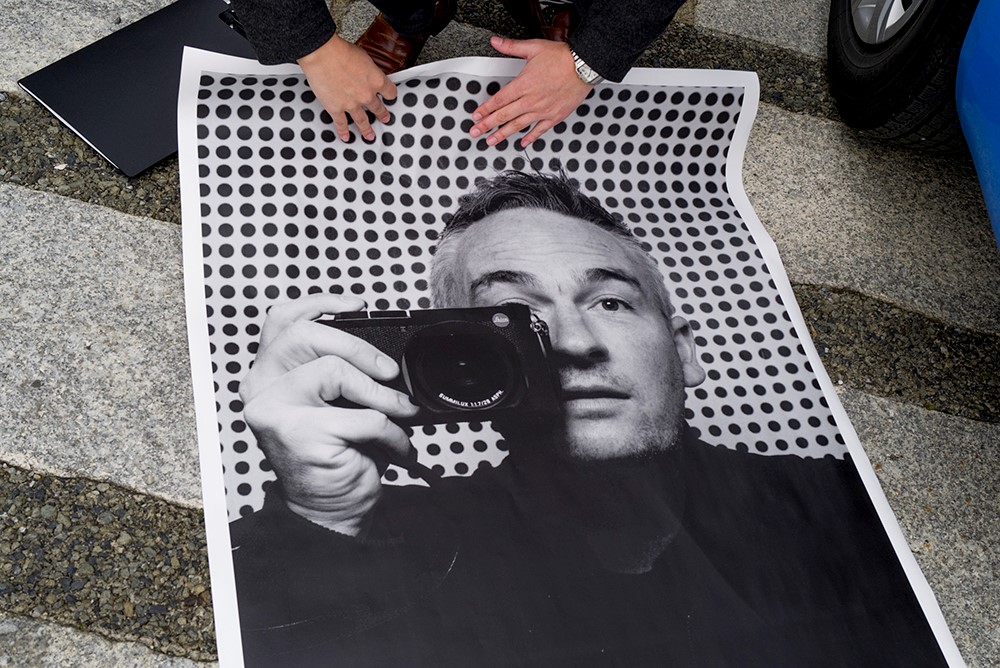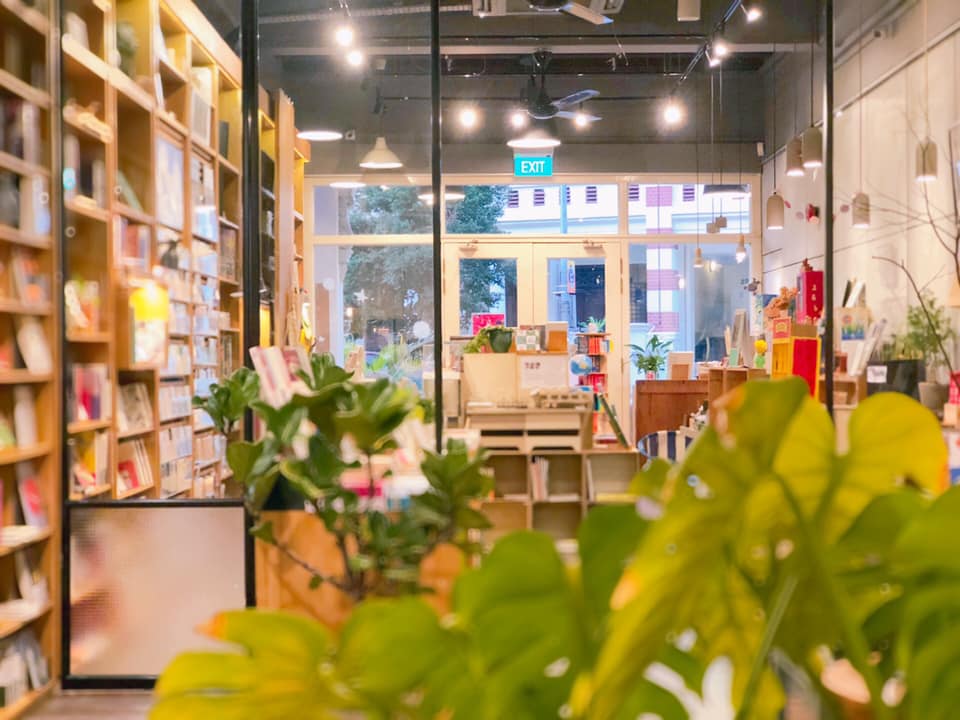Henna – or mehndi – refers to the age-old tradition of body painting with a paste made from the crushed, powdered leaves of the henna plant. Women in Singapore (and across the world) indulge in decorative henna tattoos during the Muslim Eids, weddings, and other festivals, rendering henna a dazzling symbol of celebration and grandeur.
But have you ever wondered just how henna became such a large part of their traditions and culture? Read on to learn more about the background of this popular tradition.
How did henna tattooing come about?
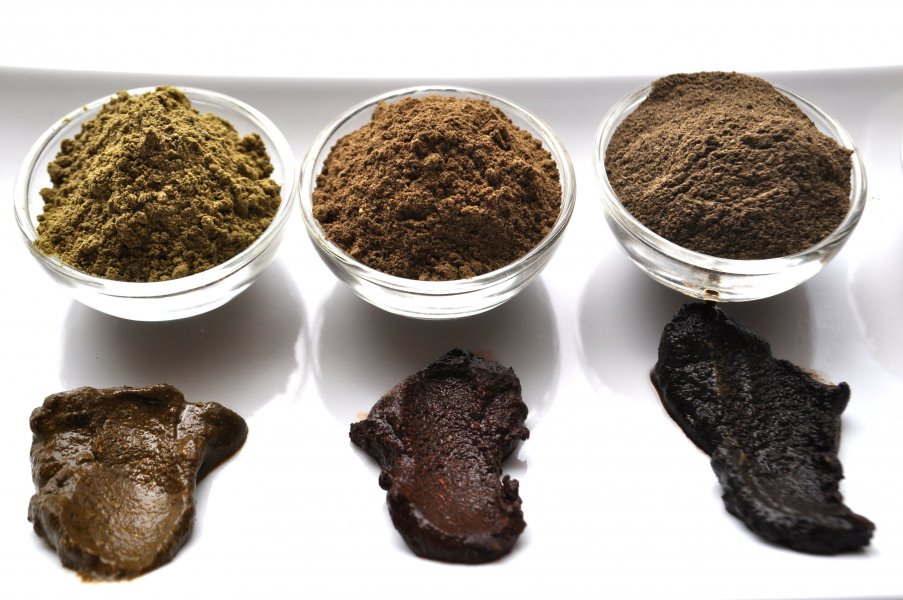
It’s hard to pinpoint the exact origins of henna tattooing, given that traditions date back to as early as the Iron Age. People of the desert would soak their palms and feet in henna paste to keep their body temperatures down, thanks to its natural cooling effect. As the paste starts to fade, it leaves a residual stain on the skin, bringing about a form of temporary body art.
How is henna used today?
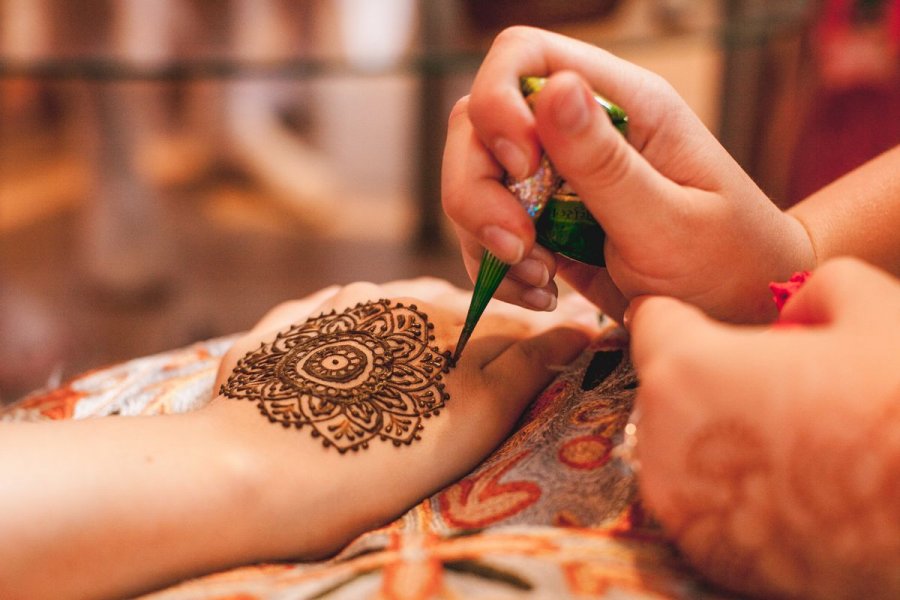
Renowned for its many medicinal properties, henna’s greatest use today, however, is for adornment. Here in Singapore, Muslim and Hindu festivities are often marked by the intricate henna designs that decorate the bodies of women (and men looking to join in the fun once in a while).
Of course, beyond its surface aesthetics, the temporary dye is also said to symbolise forms of blessings, good health, spiritual awakening, and prosperity – all quintessential elements of Hari Raya and Deepavali festivities.
On which part of my body should (or can) I get a henna?
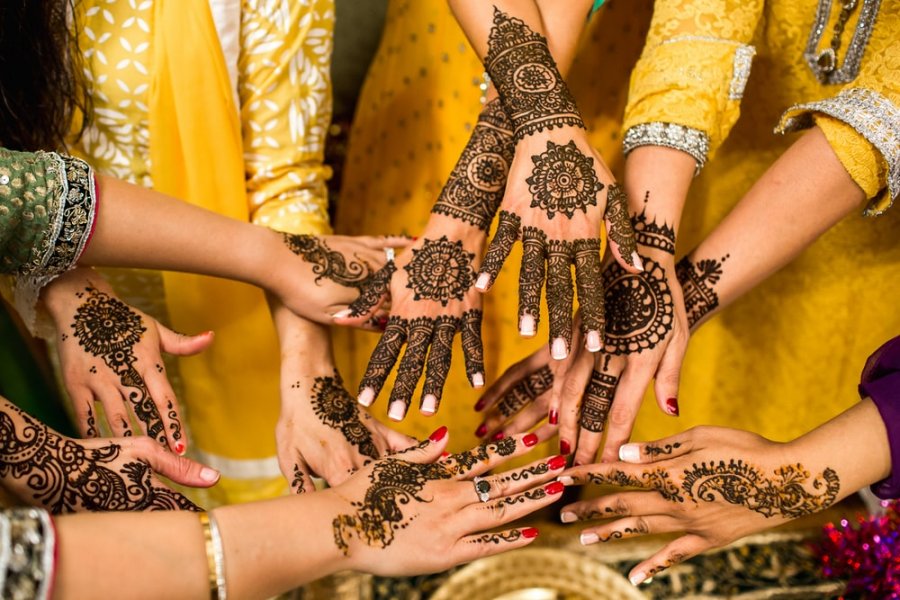
Just like the usual tattoo, henna can be applied to virtually any part of the body – your body, your choice – but certain locations do indeed hold more significance than others. For example, henna tattoos placed on the palms are believed to allow the wearer to receive and offer blessings.
On the flip side, placements on the top of hands suggest protection, designs on the feet help to cool nerves, and for obvious reasons, religious symbols are generally avoided here.
Flowers, vines, butterflies – what’s best for me?
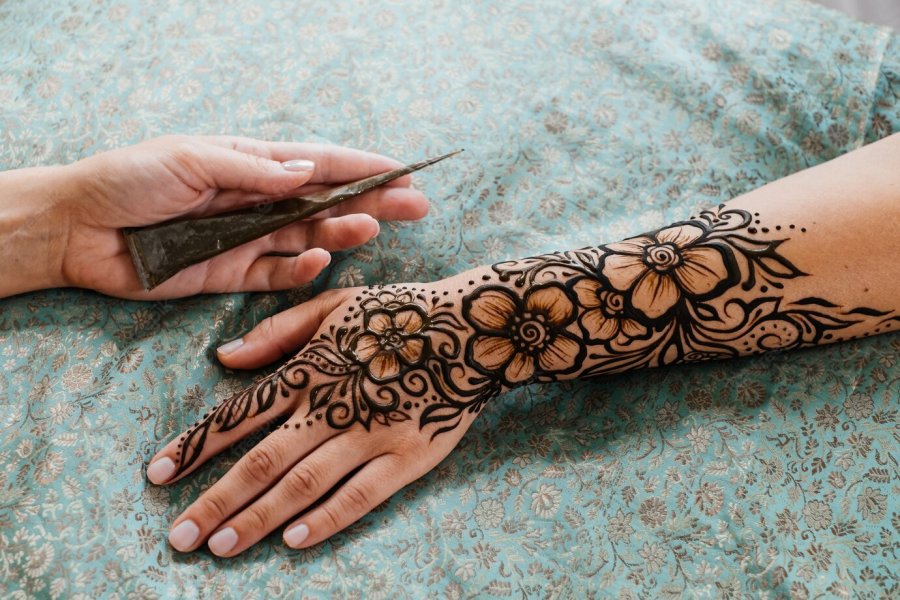
Across hundreds and thousands of design options, the symbol of Sahasara is perhaps the most commonly seen one. This ancient symbol resembles a gorgeous thousand-petalled lotus, represents unity of the soul through divine force, and is commonly attributed as our seventh primary chakra – the crown chakra.
Flowers are another popular design as they represent beauty, purity, and new beginnings. Vines and leaves suggest strength and longevity, drawings of the sun signify wisdom, and butterflies are associated with positive transformation and rebirth.
Where can I get henna tattoos in Singapore?
You’ll easily find a style that speaks to you with the slew of noteworthy henna artists in Singapore. To get the ball rolling, here are our top three picks:
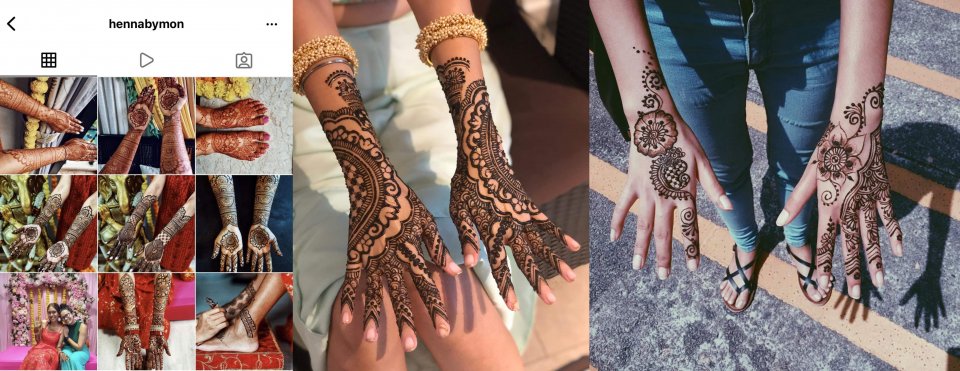
Having worked with a series of notable clients – such as R&B darling Tabitha Nauser, Sukki Singapora, and homegrown jewellery brand For Desi By Desi – Hennabymon is the one to go to for intricate, geometric henna designs.
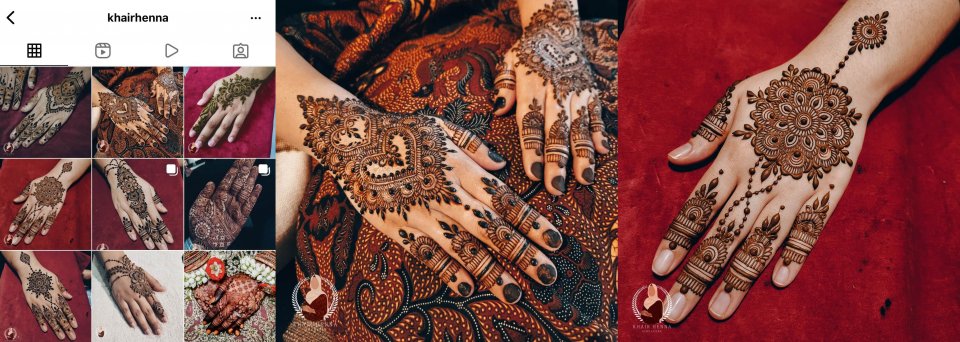
With a precise eye for detail and a knack for symmetrical hennas, Khairunnisa Chow is the best artist to visit for the ones with a penchant for outstanding technique. Expect complex details and winding lines inked with her homemade henna paste, made with only the best ingredients imported from India and the US.
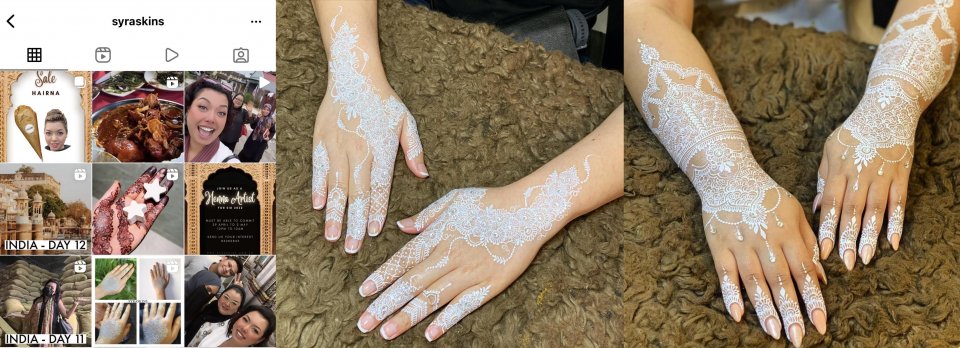
Helmed by a pair of sisters, this henna studio-cum-academy is renowned for its white and glitter henna options. So skilled in their craft, the range of designs offered span across Moroccan traditions, ornate mandalas, classic botanical patterns, and many more. With a following of over 183K on Instagram, we definitely recommend securing your appointments fast to avoid any disappointment.


